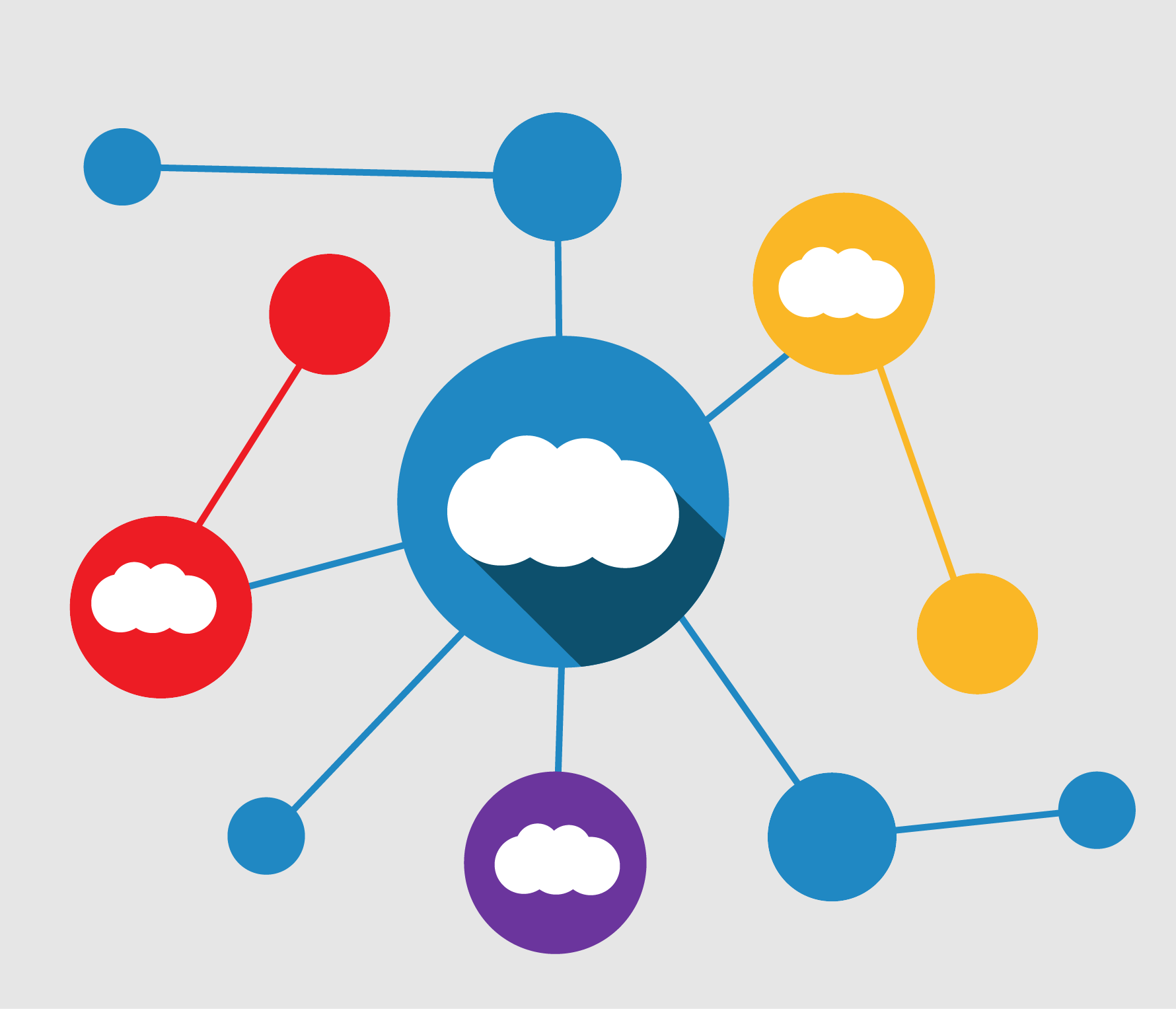Consolidated I/O (input/output) is a hot topic and has been for the last two years, but it’s not a new concept. We’ve already consolidated I/O once in the data center and forgotten about it, remember those phone PBXs before we replaced them with IP Telephony? The next step in consolidating I/O comes in the form of getting management traffic, backup traffic and storage traffic from centralized storage arrays to the servers on the same network that carries our IP data. In the most general terms the concept is ‘one wire.’ ‘Cable Once’ or ‘One Wire’ allows a flexible I/O infrastructure with a greatly reduced cable count and a single network to power, cool and administer.
Solutions have existed and been used for years to do this, iSCSI (SCSI storage data over IP networks) is one tool that has been commonly used to do this. The reason the topic has hit the mainstream over the last 2 years is that 10GB Ethernet was ratified and we now have a common protocol with the proper bandwidth to support this type of consolidation. Prior to 10GE we simply didn’t have the right bandwidth to effectively put everything down the same pipe.
The first thing to remember when discussing I/O consolidation is that contrary to popular belief I/O consolidation does not mean Fibre Channel over Ethernet (FCoE.) I/O consolidation is all about using a single infrastructure and underlying protocol to carry any and all traffic types required in the data center. The underlying protocol of choice is 10G Ethernet because it’s lightweight, high bandwidth and Ethernet itself is the most widely used data center protocol today. Using 10GE and the IEEE standards for Data Center bridging (DCB) as the underlying data center network, any and all protocols can be layered on top as needed on a per application basis. See my post on DCB for more information (http://www.definethecloud.net/?p=31.)These protocols can be FCoE, iSCSI, UDP, TCP, NFS, CIFS, etc. or any combination of them all.
If you look at the data center today most are already using a combination of these protocols, but typically have 2 or more separate infrastructures to support them. A data center that uses Fibre Channel heavily has two Fibre Channel networks (for redundancy) and one or more LAN networks. These ‘Fibre Channel shops’ are typically still using additional storage protocols such as NFS/CIFS for file based storage. The cost of administering, powering, cooling, and eventually upgrading/refreshing these separate networks continues to grow.
Consolidating onto a single infrastructure not only provides obvious cost benefits but also provides the flexibility required for a cloud infrastructure. Having a ‘Cable Once’ infrastructure allows you to provide the right protocol at the right time on an application basis, without the need for hardware changes.
Call it what you will I/O Consolidation, Network Convergence, or Network Virtualization, a cable once topology that can support the right protocol at the right time is one of the pillars of cloud architectures in the data center.


kscpdejhp qcxmi rlfvjww qsqd tfwthhfiihdadpi
Excellent post. I had been checking constantly this blog and I’m impressed!
Very useful info particularly the past part 🙂 I take care of such information much.
I found myself seeking this certain information for the number of years.
Thank you and all the best.